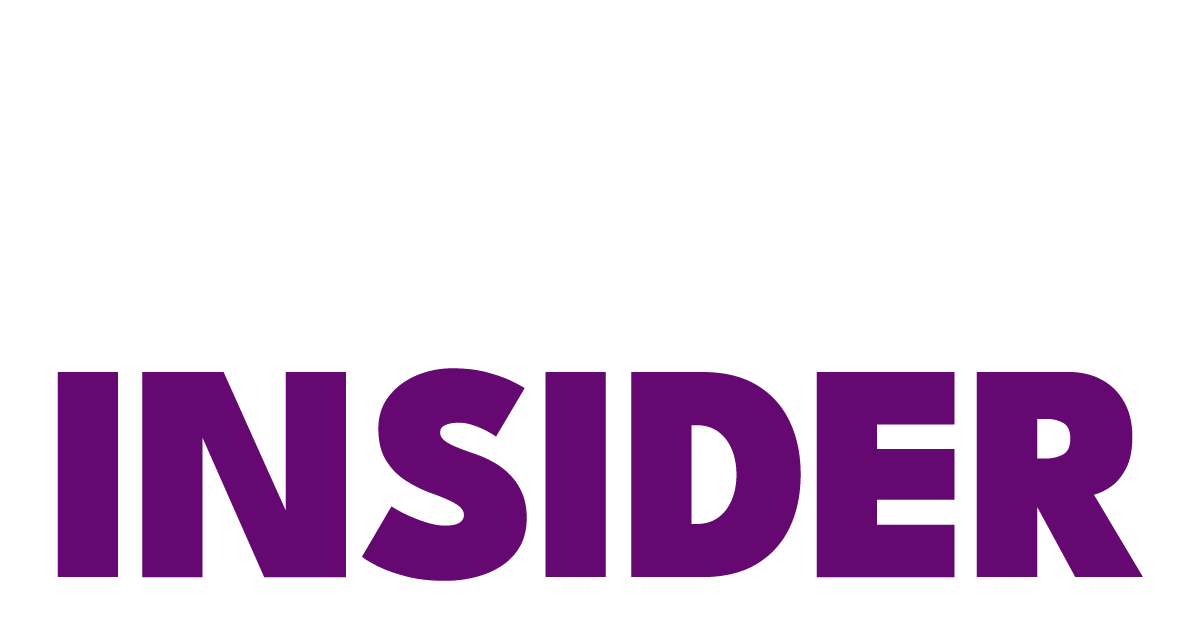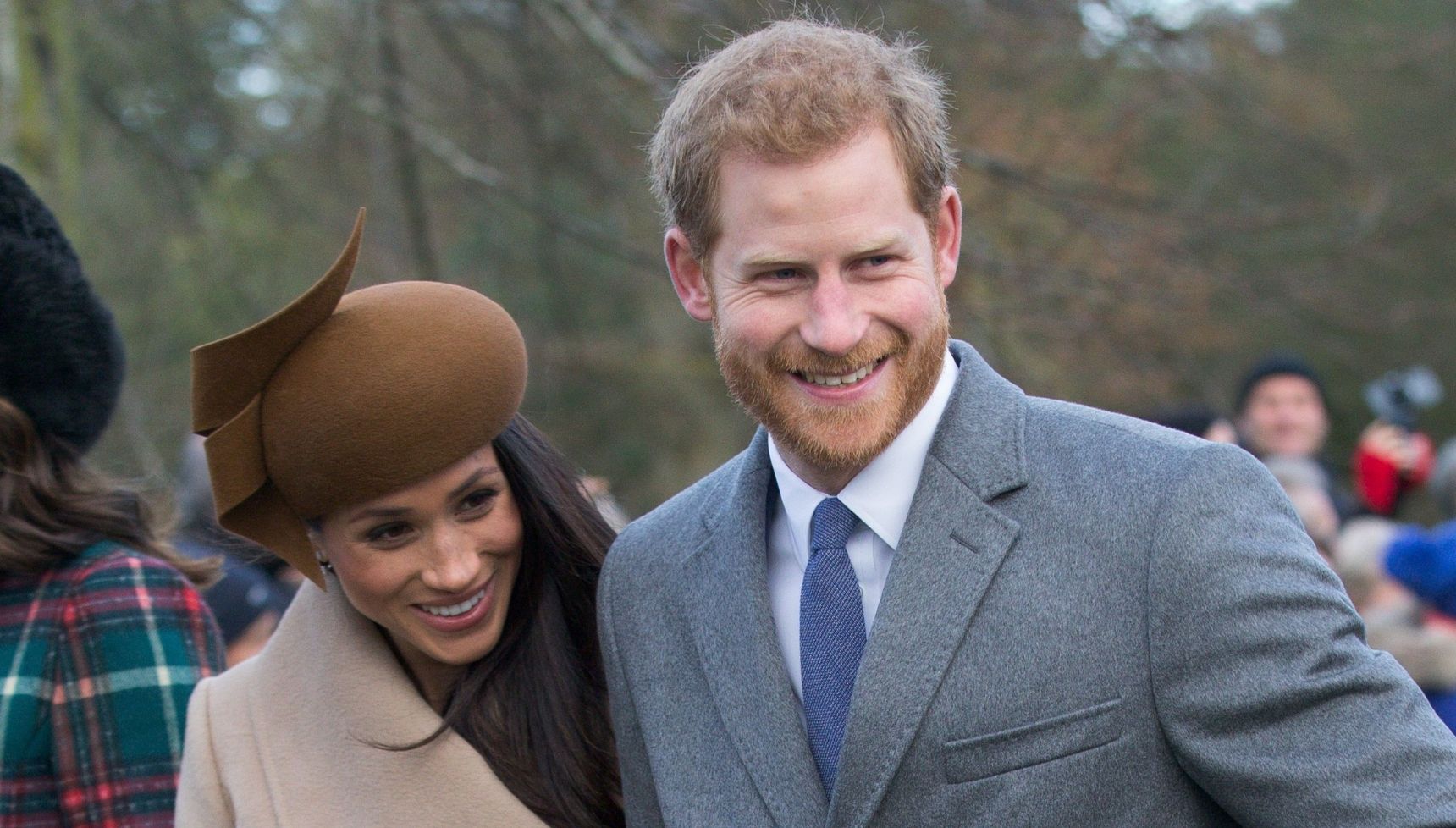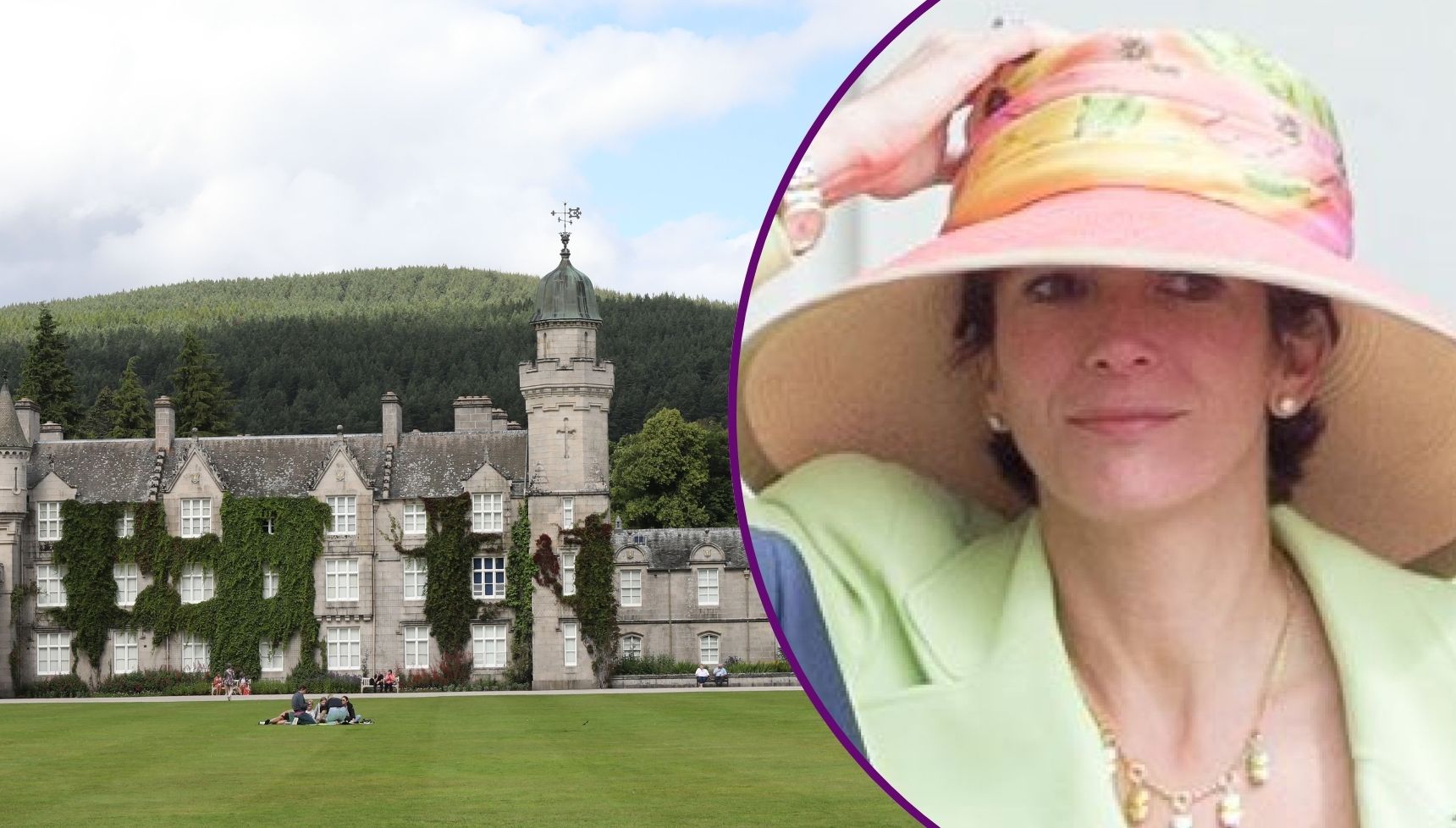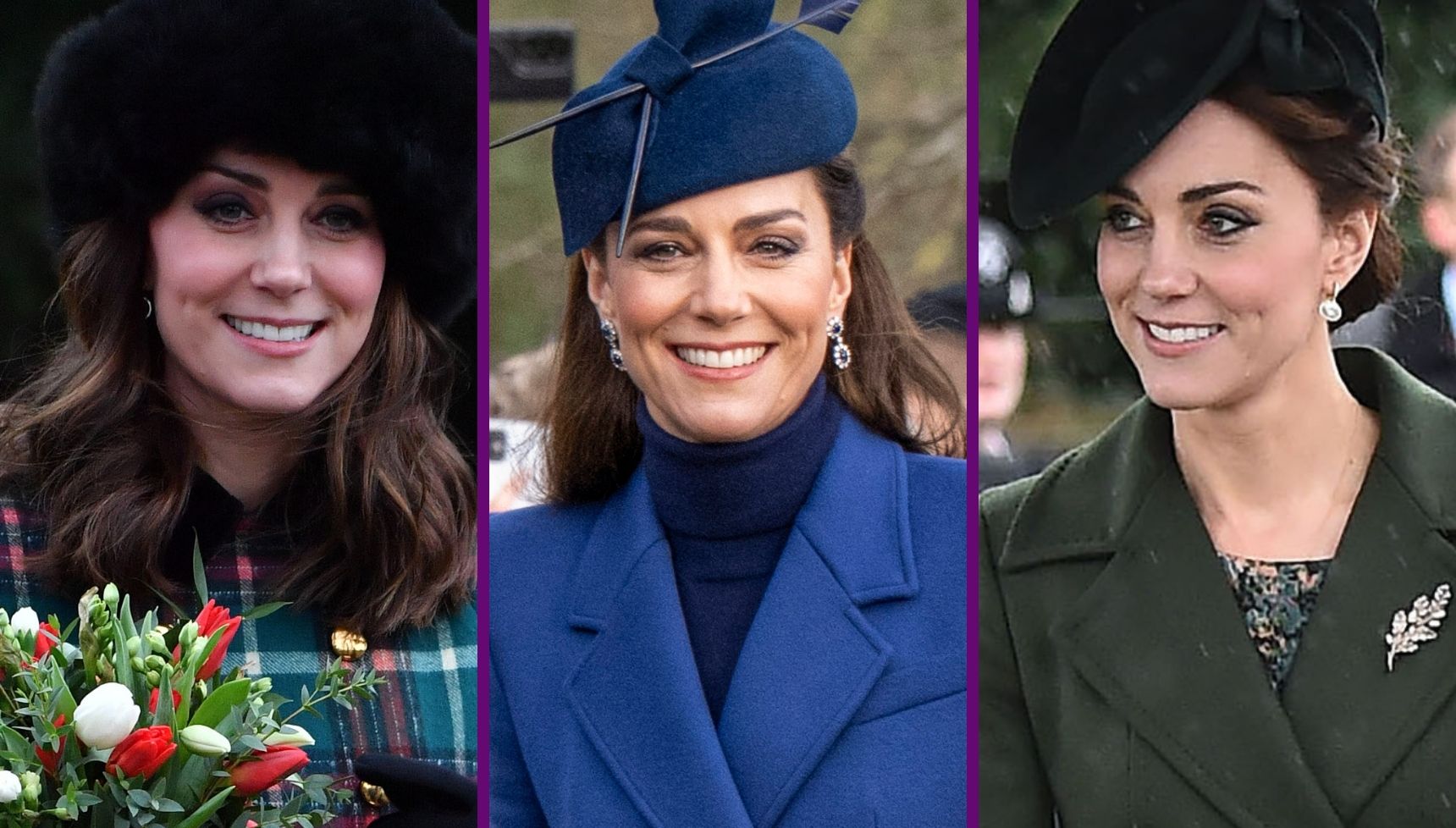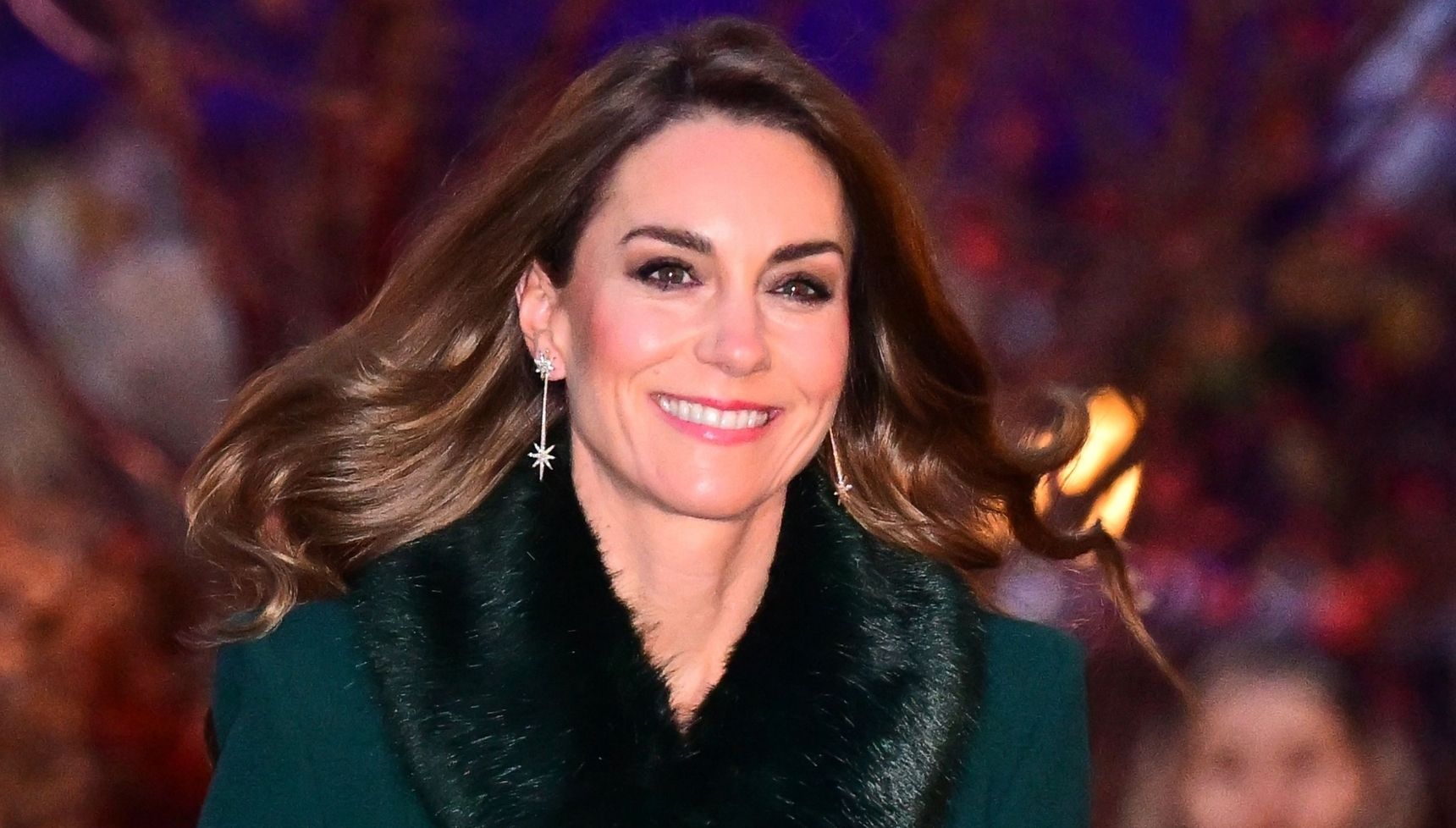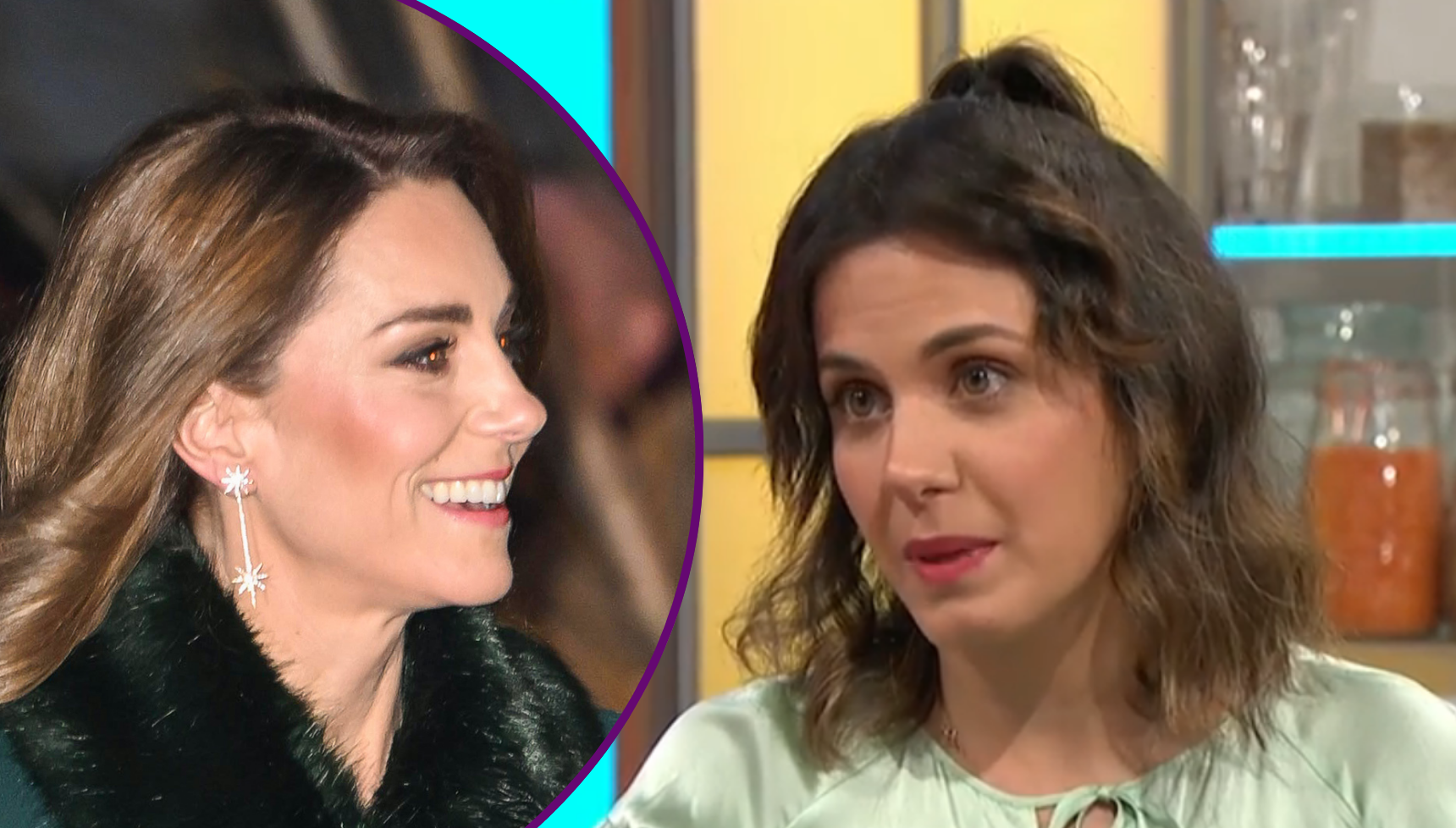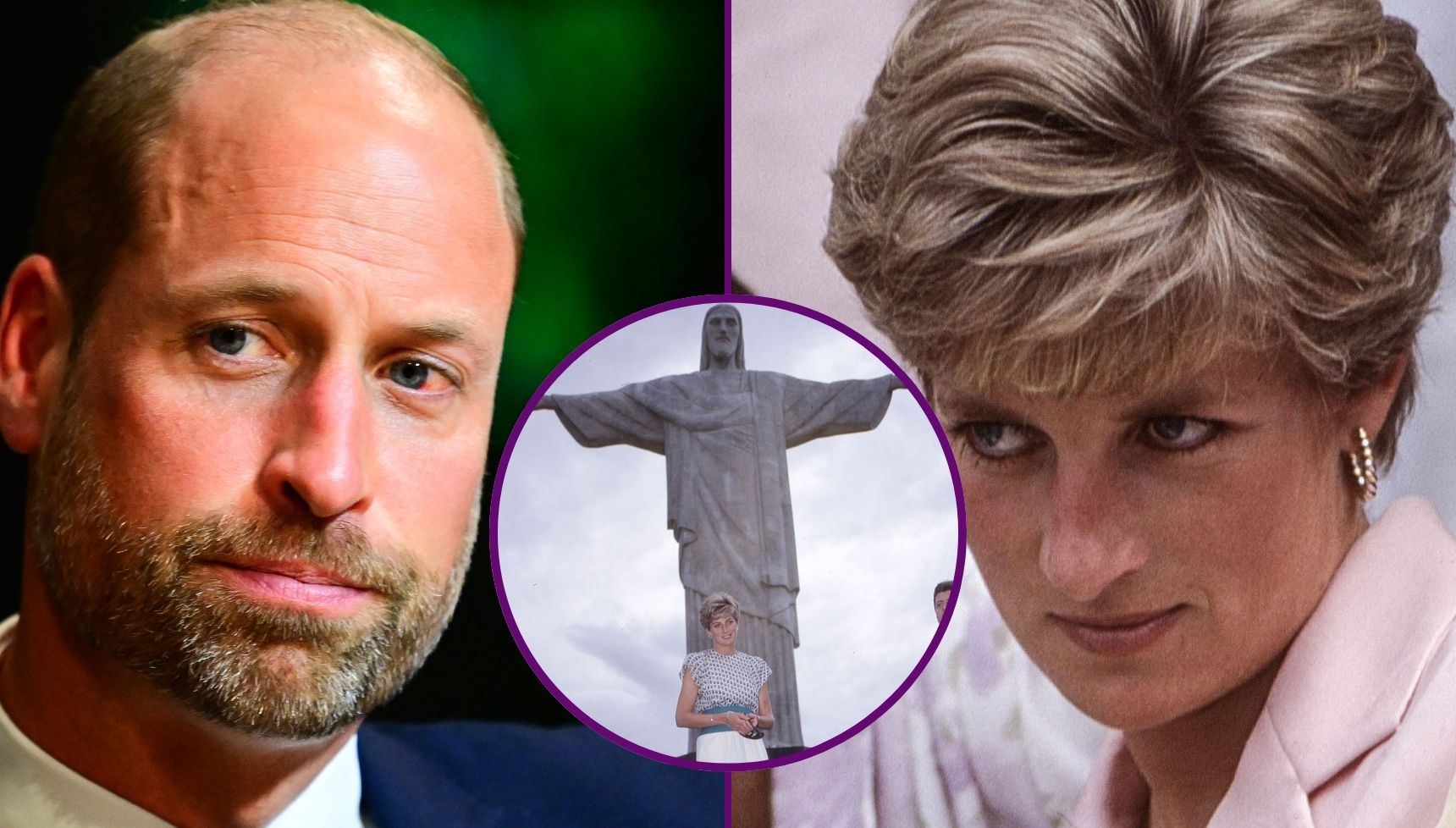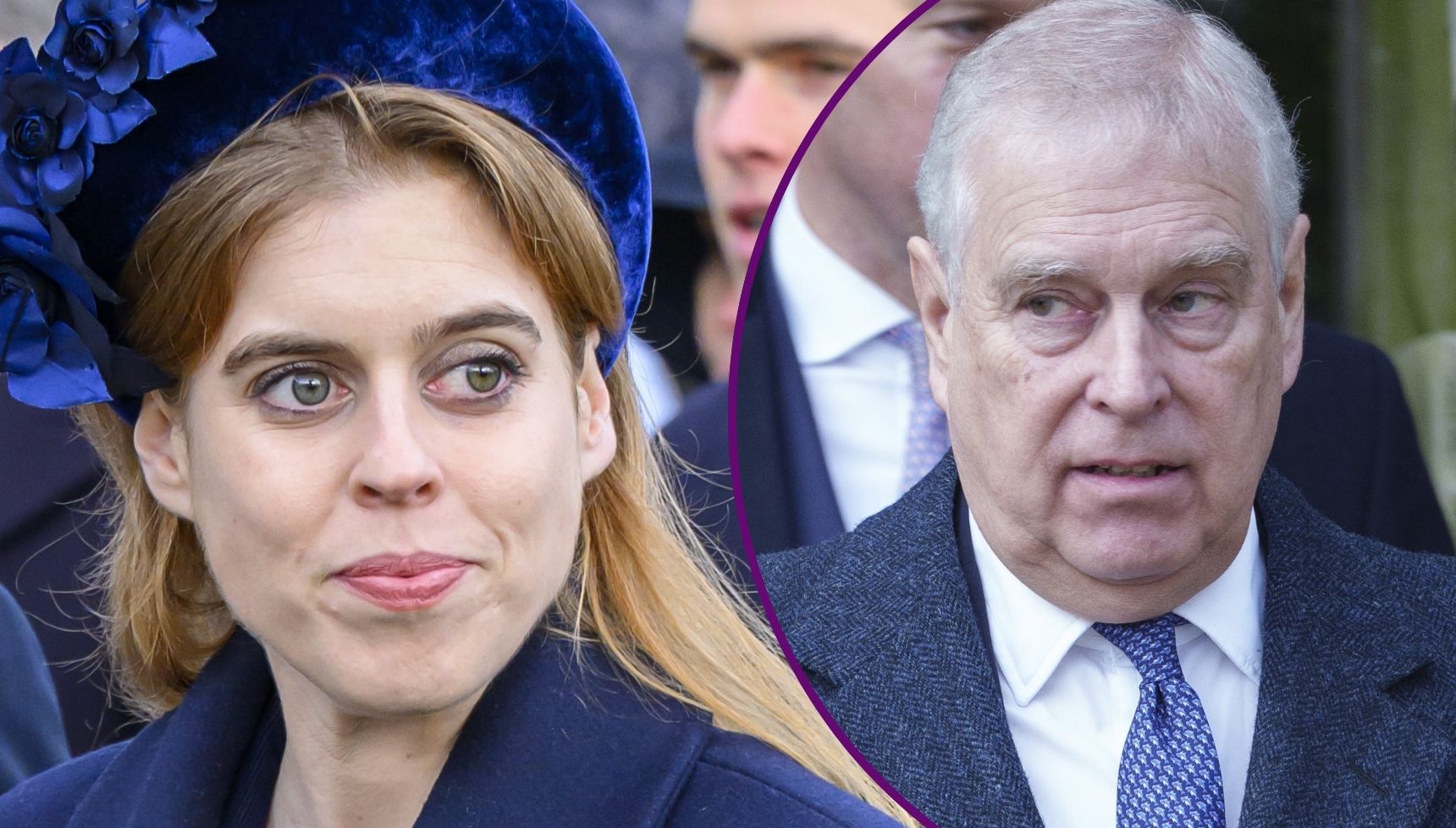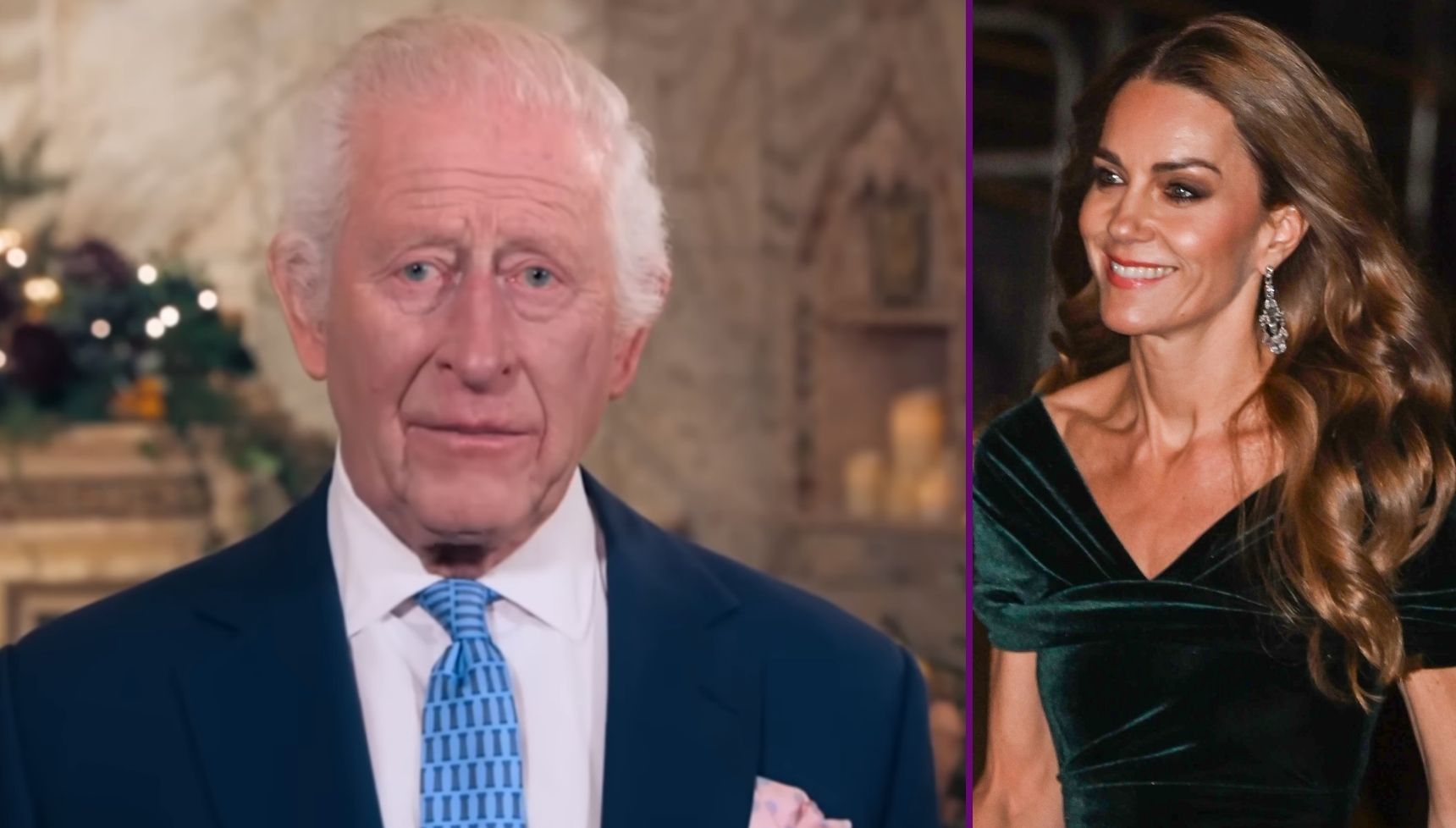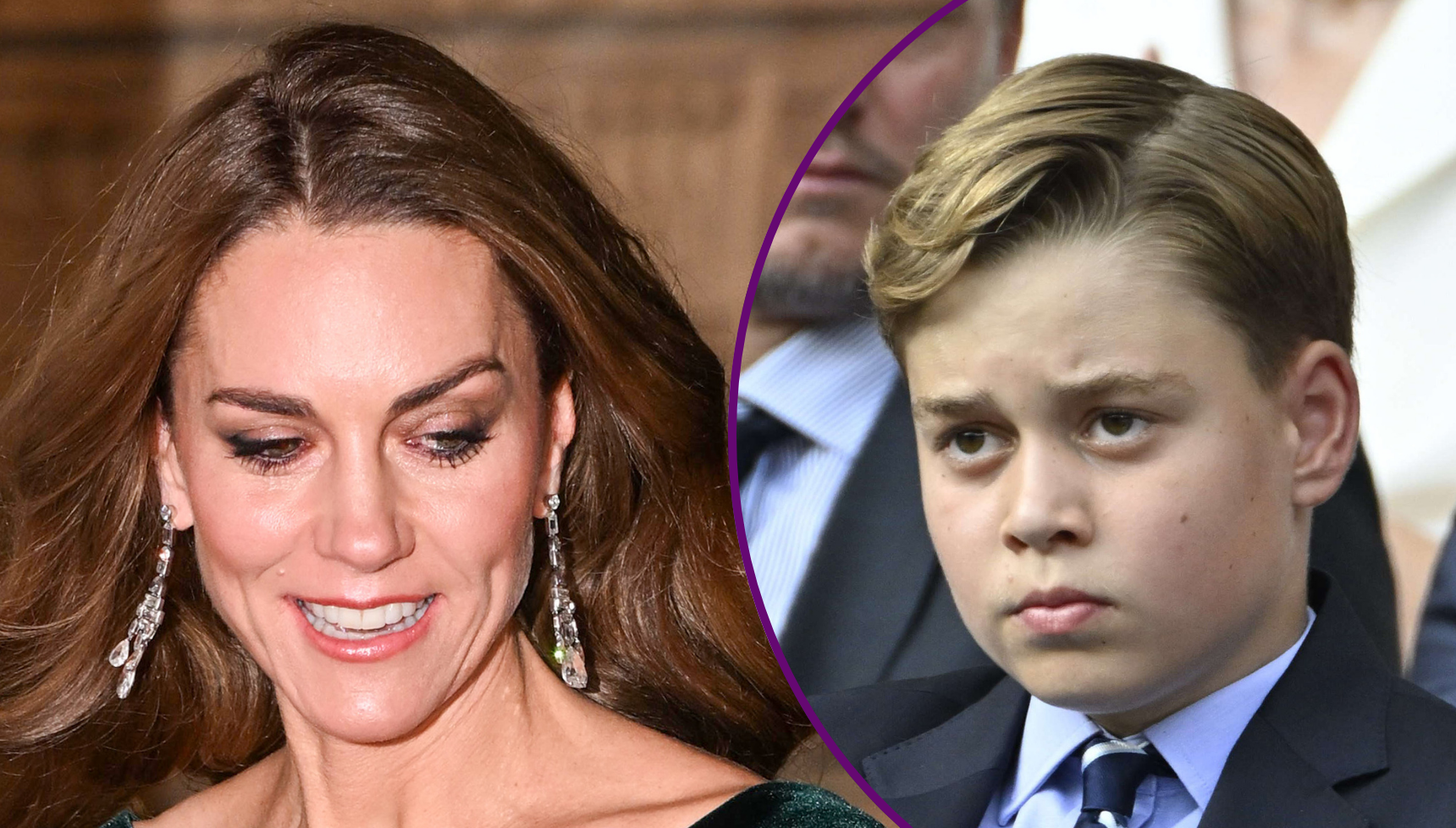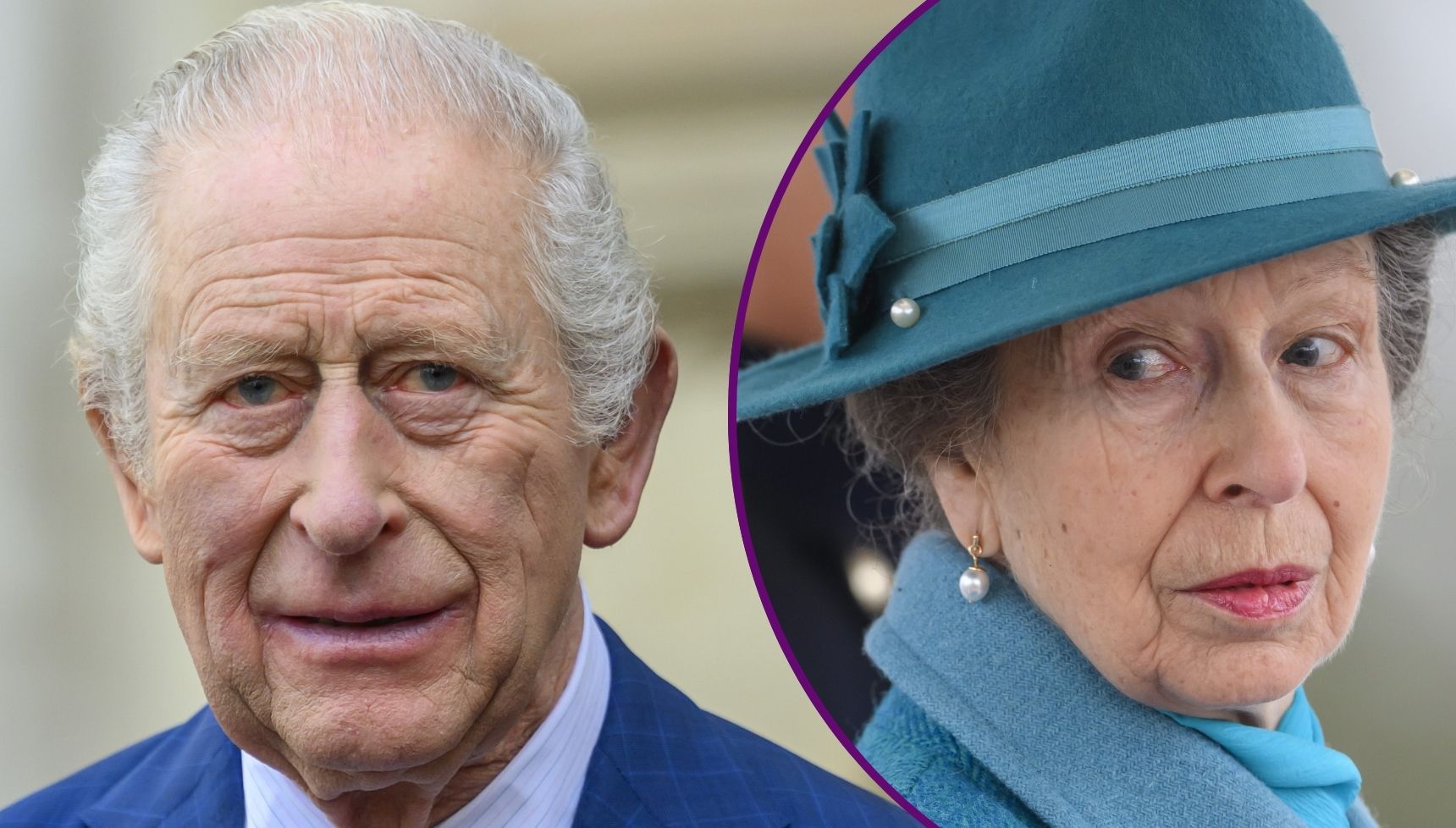Real reason King Charles’ and the royal family changed their surname 65 years ago
Queen Elizabeth II's father was at the forefront of the changeThe royal family’s last name has become a topic of debate for fans around the world ever since Meghan Markle announced hers had changed’. King Charles shares the same surname as all the royals, but it wasn’t always the same one.
A royal surname was designated for descendants of the monarch in 1960. Although a lot of members within The Firm have titles and use these instead, like the Prince and Princess of Wales.
It’s not common practice for the monarchy to change their moniker but it was deemed important to Queen Elizabeth II‘s grandfather to make the step after World War I.
In this archive photograph King George V and Queen Maryare dressed in robes at a Garter Ceremony in Windsor.#GarterDay pic.twitter.com/JKU28PNyN6
— The Royal Family (@RoyalFamily) June 17, 2019
Royal family’s changing surname
The last monarch to rule Britain from the House of Hanover was Queen Victoria. The Royal House included King William IV as well as George I, II, III, and IV.
The house then changed to Saxe-Coburg and Gotha (Prince Albert’s house) when Queen Victoria died in 1901.
There were only two monarchs who reigned under the last name Saxe-Coburg and Gotha in royal family history – King Edward VII and King George V. But it would be King George V, Elizabeth II’s grandfather, who would make the choice to change the royal family surname. It didn’t follow tradition of following a house already established.
He decided to rename it to the Royal House of Windsor after Windsor Castle. This was due to the anti-Germany sentiment during the First World War and following an aircraft named the Gotha G IV which bombed London during the conflict. The monarchy took this leap as they wanted to distance themselves from its German heritage.
It came to be that all royal family descendants of King George V would have the surname Windsor until they married.
Elizabeth the Second – a new portrait of Her Majesty The Queen by Nicky Philipps: https://t.co/sgSbKSwDDD pic.twitter.com/X0JmgxsqNS
— The Royal Family (@RoyalFamily) July 8, 2016
Queen Elizabeth stepped in when Prince Philip was upset over his children’s names
Prince Philip reportedly grew ‘irritated’ over the idea his children wouldn’t carry on his own name.
Before marrying Elizabeth in 1947, his title was officially Prince Philip of Greece and Denmark of the House of Schleswig-Holstein-Sonderburg-Glücksburg. However, he adopted a more neutral surname after becoming the Duke of Edinburgh – Mounbatten, after his grandparents.
When King Charles was born in 1948, Philip assumed his son would take his surname. However, when Elizabeth ascended the throne four years later she had to confirm the Royal House surname. There were many votes for continuing with Windsor – including Winston Churchill – and the queen’s grandmother. She stuck with Windsor.
An upset Prince Philip reportedly said: “I am nothing but a bloody amoeba. I am the only man in the country not allowed to give his name to his own children.”
Eight years flew by and the situation still remained unresolved when Elizabeth was expecting her third child, Prince Andrew. Her Majesty made the decision to visit Prime Minister Harold Macmillan, where she admitted it had been ‘irritating’ her husband since 1952. 11 days before Andrew was born, the Queen declared the royal family had adopted the surname Mountbatten-Windsor – this included King Charles and Princess Anne who were already born.
The royal family last name would be used by all her descendants when they did not want to use His and Her Royal Highness titles.

King Charles has kept the royal family surname
His Majesty has kept up with the tradition that has been in place for the past 65 years, and so has his children.
Prince William and his family are also Mountbatten-Windsor, same with Prince Harry.
The official royal website even states that members of The Firm can choose various ways to identify themselves.
It explains: “Members of the Royal Family can be known both by the name of the Royal house, and by a surname, which are not always the same. And often they do not use a surname at all.”
Even though both King George V and Queen Elizabeth II chose to alter the royal family last name, it’s not legally binding. It also doesn’t mean future sovereigns have to adopt it either.
King Charles, or Prince William when he ascends to the throne, could decide to change their surname from Mountbatten-Windsor, or the Royal House of Windsor, or both.

Meghan Markle Sussex name drama
Meghan Markle brought up the debate of the royal family last name with her Netflix cooking show With Love, Meghan.
When celebrity friend Mindy Kaling referred to the Duchess as Meghan Markle she corrected her. The former Suits star explained that her name was Meghan Sussex now she is married to Prince Harry. The 43-year-old explained she shares the name with her children.
While technically their surnames are Mountbatten-Windsor, Sussex does still stand.
When the Duke of Sussex was in the army, before he married Meghan, he was referred to as Harry Wales. This was because he was the son of the Prince of Wales at the time, Prince Charles. Similarly to Kate Middleton being called Princess Kate of Wales after she and William were handed the title in 2022.
Read more: Harry and Meghan named baby daughter to ‘secure the Sussex brand’, claims expert
As the royal family website states, royals can prefer their title (Duke or Duchess of Sussex), the Royal House of Windsor, or their surname. In this case, it seems Meghan prefers her title. The Sussex title was gifted to her and Harry as a wedding present from the late Queen.
When King Charles became the monarch, Archie and Lilibet adopted the Prince and Princess titles. When Lilibet Diana was baptised in March 2023, Meghan and Harry noted her as Princess. The royal family website was then updated to reflect their new titles.
Therefore, Prince Archie of Sussex and Prince Lilibet of Sussex can also be their names.
Do you think King Charles should change the royal family surname? Leave us a comment on our Facebook page @RoyalInsiderOfficial.
